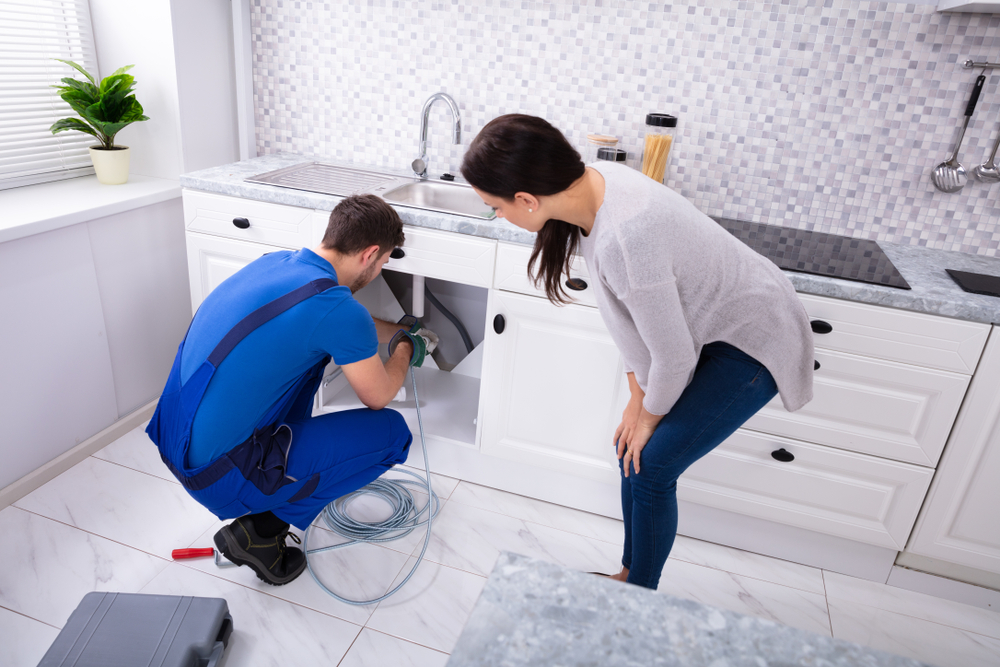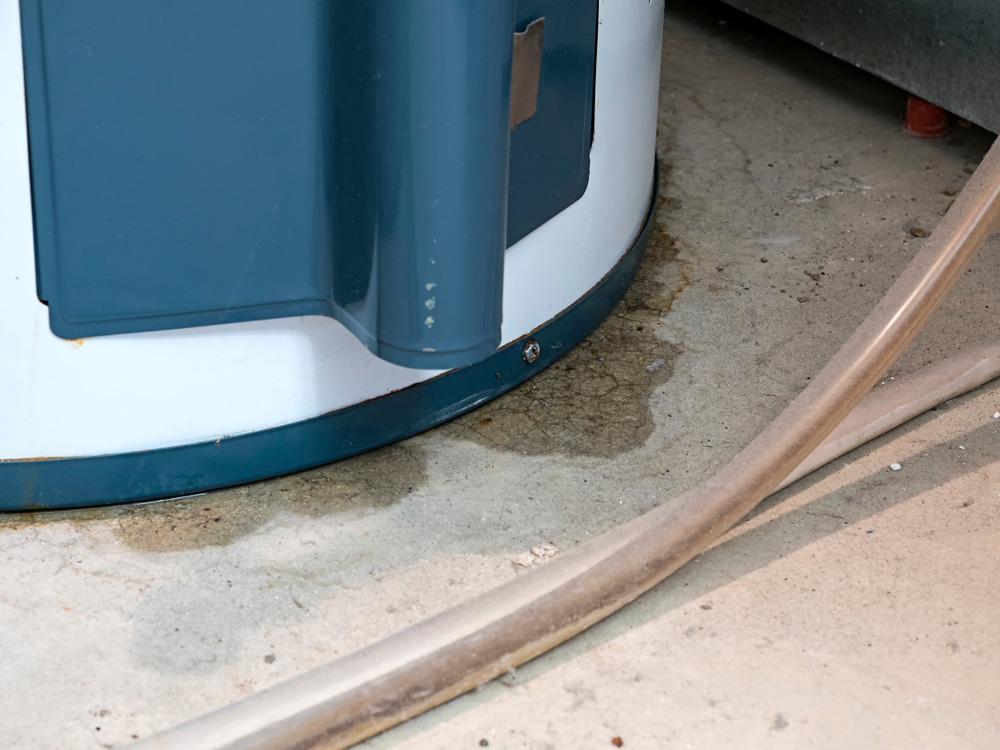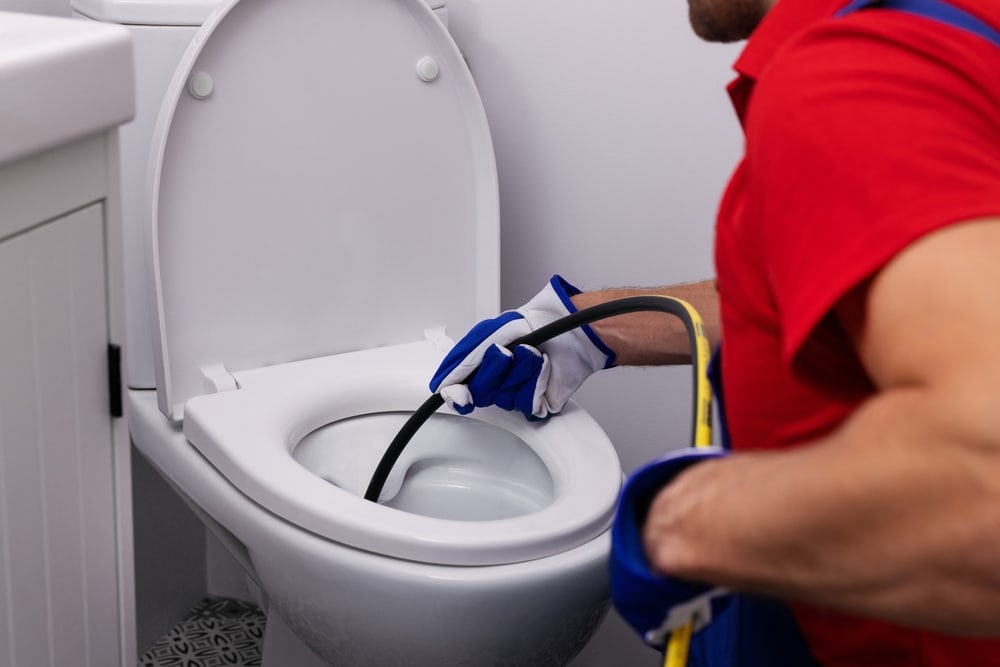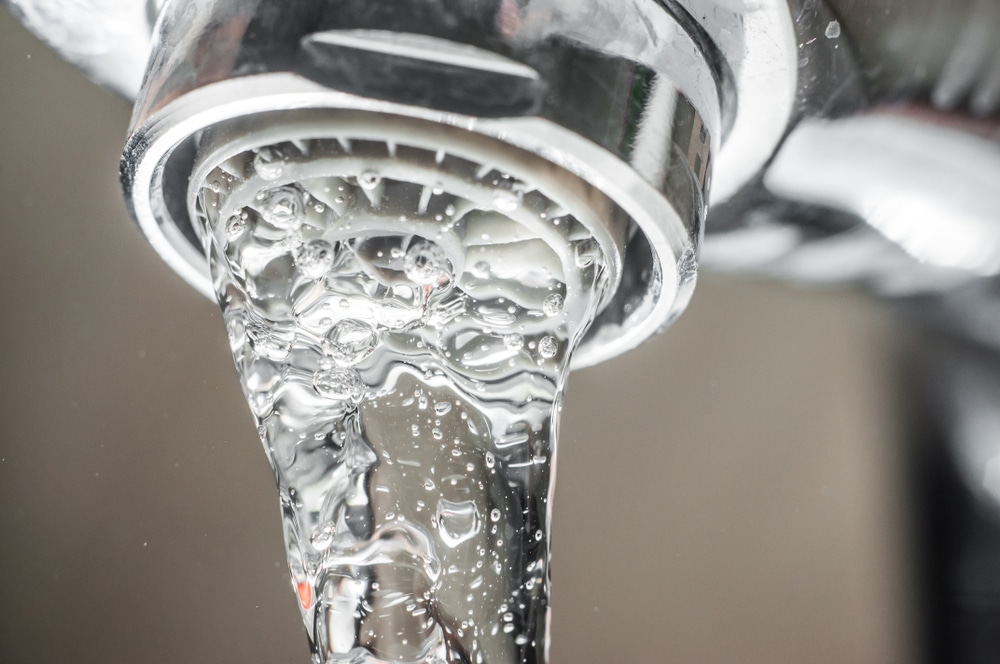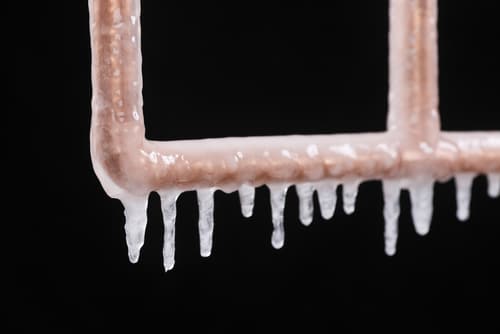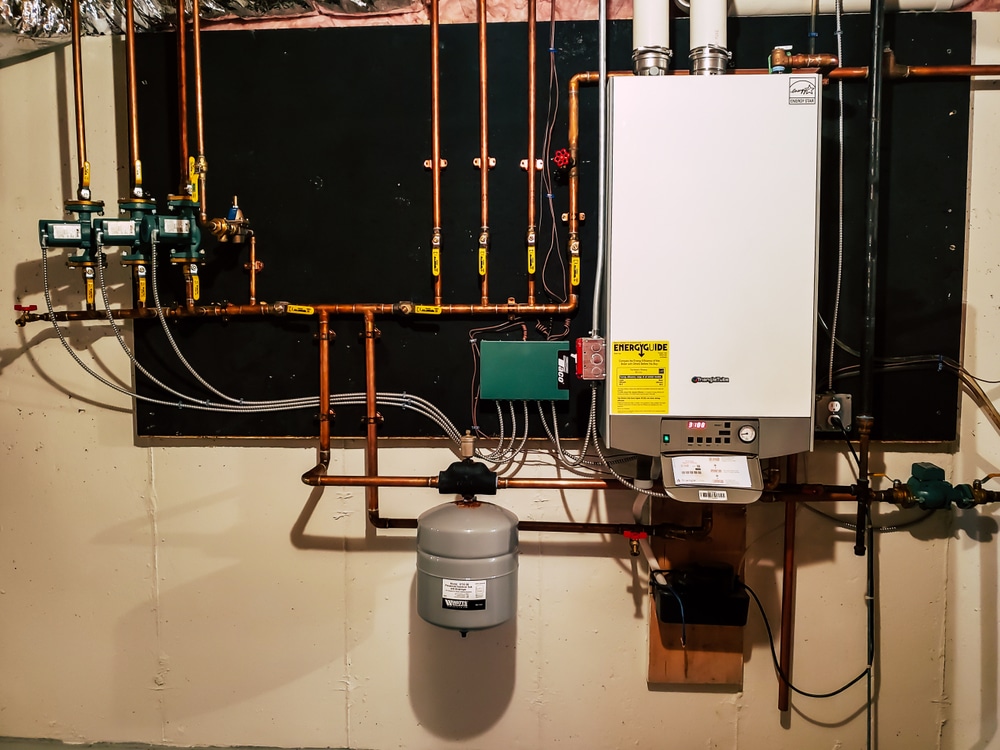Hidden plumbing leaks can cause significant damage to your home if not detected early. They lead to costly repairs and can waste a lot of water, driving up your water bill. Detecting these leaks before they become a big problem is crucial for maintaining your home’s integrity and saving money.
Finding hidden plumbing leaks might seem like a daunting task, but it doesn’t have to be. You can start with some simple checks and move on to more advanced methods if needed. Being proactive about leak detection is a great way to prevent water damage and keep your plumbing in good shape.
In the following sections, we’ll explore various ways to find hidden plumbing leaks in your home. From checking your water meter to using advanced tools, these methods will help you identify leaks early. Armed with this knowledge, you can take the necessary steps to address and fix these leaks promptly. Let’s get started on uncovering those hidden leaks and ensuring your home stays dry and damage-free!
Check Your Water Meter for Signs of Leaks
One of the easiest ways to detect a hidden plumbing leak is to check your water meter. This approach can quickly show if there is excess water usage that you might not be aware of. To start, locate your water meter, which is usually found outside your home near the curb or in a utility area.
Here’s a simple step-by-step guide to using your water meter for leak detection:
1. Turn Off All Water Sources: Make sure all faucets, showers, and appliances that use water are turned off. This includes sprinkler systems and washing machines.
2. Check the Water Meter: Take note of the reading on your water meter. Write down the numbers shown.
3. Wait and Monitor: Leave the water off for at least an hour. During this time, avoid using any water in your home.
4. Read the Meter Again: After the waiting period, check the water meter once more. If the numbers have changed, you probably have a leak somewhere in your plumbing system.
Water meters often have a small dial that spins even with the smallest amounts of water flow. If this dial is moving when all water sources are turned off, it’s a strong indication of a leak. Using your water meter is a quick and straightforward method to determine whether you have a hidden plumbing leak.
Inspect Common Areas Where Leaks Occur
Many hidden plumbing leaks occur in common areas around your home. By regularly inspecting these spots, you can catch leaks early before they cause significant damage. Here are some areas to focus on:
1. Under Sinks: Look under bathroom and kitchen sinks for any signs of moisture, puddles, or mold. Leaks often occur around the pipes and connections.
2. Toilets: Check around the base of toilets and inside the tank. If you hear the sound of running water or see water on the floor near the toilet, there might be a leak.
3. Bathtubs and Showers: Inspect the caulking and grout around bathtubs and showers. Cracks and gaps can allow water to seep through, leading to leaks.
4. Basements and Crawl Spaces: These areas are prone to leaks, especially if you have older plumbing. Look for damp areas, mold, or water stains on walls and floors.
Paying attention to the condition of your pipes is also important. Corroded or rusty pipes are more likely to develop leaks. By inspecting these common areas regularly, you can catch hidden plumbing leaks early and prevent further damage to your home.
Use Advanced Tools to Detect Hidden Leaks
Sometimes, leaks can be so well-hidden that a simple inspection won’t find them. This is where advanced tools come in handy. Using these tools can help pinpoint leaks without tearing your walls apart.
Infrared Cameras: These cameras can detect temperature variations behind walls and under floors. Leaks often create cold spots because the water is cooler than your home’s interior. By using an infrared camera, you can spot these temperature differences and identify the leak’s location.
Moisture Meters: A moisture meter can measure the moisture levels in materials like drywall and wood. If the meter shows high moisture levels in an area that should be dry, there’s likely a hidden leak nearby. These meters are easy to use and can be essential in finding leaks quickly.
Acoustic Listening Devices: These devices can hear the sound of water leaking behind walls or under floors. Plumbers use these tools to pinpoint the exact location of a leak by amplifying the sound of running water. This method is very accurate and minimizes the need for unnecessary digging or cutting.
Using these advanced tools can save you a lot of time and money by quickly identifying hidden leaks. While some of these tools are available for rental, you might also consider hiring a professional to perform a thorough inspection using these methods.
How to Address and Fix Detected Leaks
Once you’ve identified a hidden plumbing leak, the next step is to fix it. Depending on the severity and location of the leak, you may be able to handle some repairs yourself, while others may require professional help.
1. Small Leaks: For minor leaks, such as a dripping faucet or a small pipe joint issue, you can often fix these yourself with basic tools and materials. Use pipe tape or sealant to stop small leaks and make sure everything is tightened properly.
2. Moderate Leaks: If the leak is more significant but still accessible, you might need to replace a section of the pipe or the fixture itself. Turn off the water supply before attempting any repairs, and have a bucket and towels ready to catch any water that spills.
3. Severe Leaks: For major leaks, particularly those hidden behind walls or under floors, it’s best to call a professional plumber. They have the experience and tools necessary to fix the problem without causing further damage to your home.
4. Preventive Measures: After addressing the leak, take steps to prevent future issues. Regularly inspect your plumbing, keep an eye on your water meter, and consider installing a whole-house leak detection system that alerts you to any unusual water usage.
Fixing detected leaks promptly can prevent significant damage to your home and reduce water waste. Taking the right actions ensures your plumbing system remains in good working order.
Conclusion
Hidden plumbing leaks can be a major hassle, but you can find and fix them with the right approach and tools. From checking your water meter to inspecting common areas and using advanced detection devices, staying vigilant is key. Regular inspections and prompt repairs not only save you money but also protect your home from water damage.
Remember, some leaks are best handled by professionals. So, don’t hesitate to seek help when needed. Taking action now can prevent bigger problems later.
For expert assistance with water leak repair services or any plumbing issues, contact Jade’s Heating and Plumbing LLC. Our skilled team is ready to help you keep your home safe and efficient. Give us a call today to schedule an appointment!


